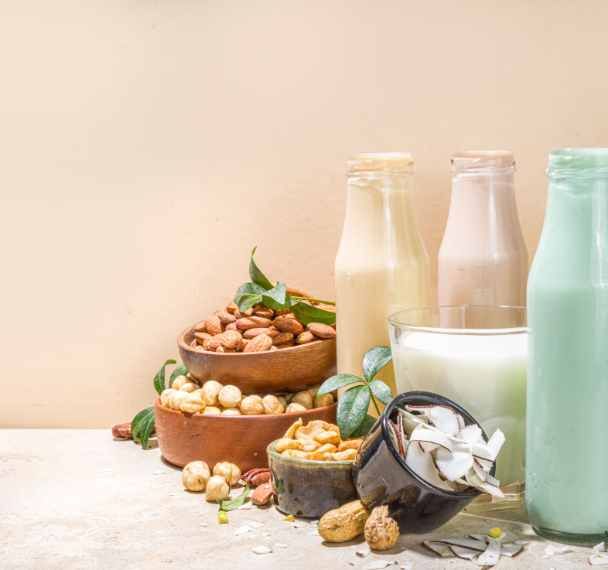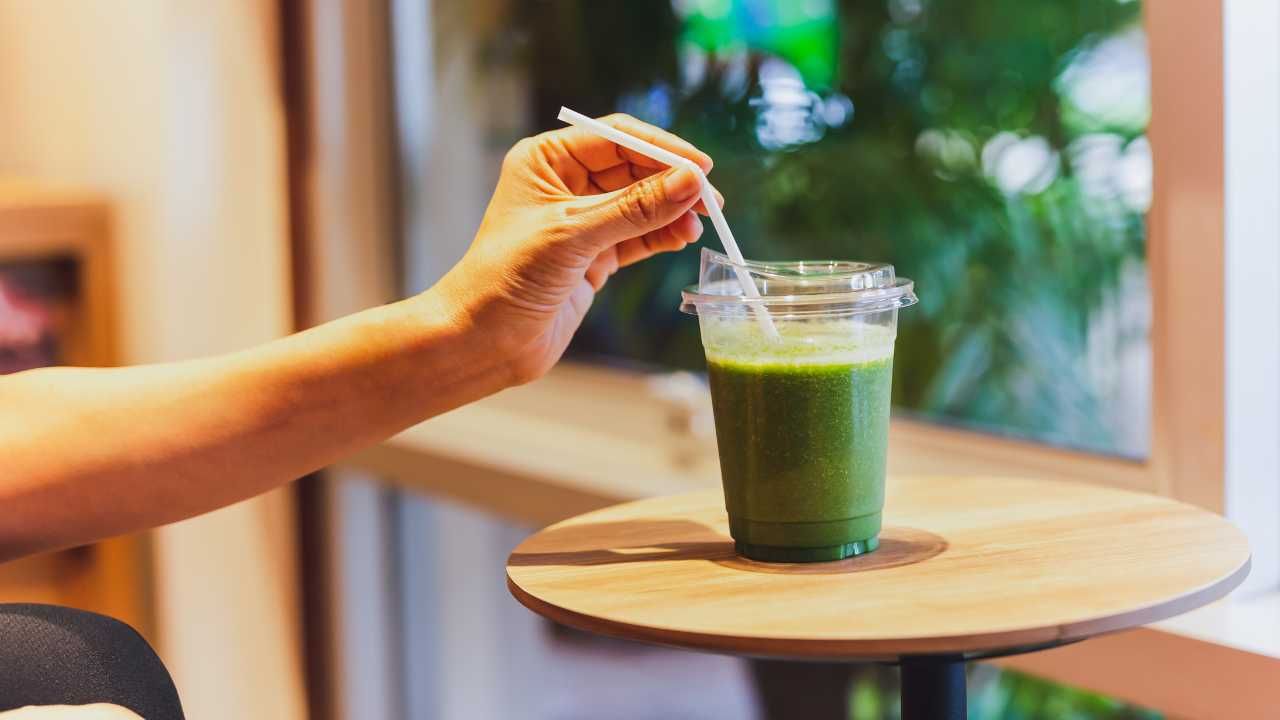The Secret Of Cacao | First Steps Towards Chocolate: Harvest & Process
Jan 12, 2023
Introduction
Cacao production is a fascinating process that has been around for centuries and is an important part of the global economy, with the global cacao and chocolate market is estimated to be worth $46.61 billion in 2021 and project to grow to $67.88 billion by 2029.
The process of producing cacao beans is complex and involves a number of steps.
Some Facts
The majority of cacao production takes place in West Africa, with the Ivory Coast and Ghana being the two largest producers.
Cacao, or Theobroma cacao, is a tree native to the Upper Amazon region and is the source of cacao beans, which are used to make chocolate and other products such as cocoa powder and cocoa butter.
Cacao trees can grow up to 6-8 metre tall and can be found almost anywhere in the tropical belt (around 23 degrees north and south of equator).
The cacao tree can produce up to 100 000 flowers per year which grow only on the big branches and trunk of the tree. These flowers develop into cherelles, which are small green pods containing 30-50 seeds. It takes 5-6 months to develop into mature pods.
Cacao trees are prone to many diseases and pests, such as animal damage (rats, monkeys, birds), and various fungal infections (e.g. witches broom, black pod, and monilia). The resulting losses in yield can vary from 20% to 50%, depending on the species and level of care given.
Varieties
Cacao has traditionally been classified into three main varieties: Criollo, Forastero, and Trinitario. Following the discovery of the cacao genome/DNA (Motamayor & colleagues, 2008), at least 13 genetic types of cacao are now recognised, with this list constantly growing.
The main cacao varieties are:
Criollo: the ancient Mayan/Aztec cacao, the rarest and most expensive variety with its very delicate flavours, known as the “Champagne of cacao”. Criollo is vulnerable to diseases, more delicate, with smaller pods and thus more challenging to cultivate. Unfortunately, there is only 3% or less of Criollo variety in the world and mostly not genetically pure.
Amelonado: is the most widely cultivated cacao, especially in West Africa and the variety we mainly consume in our chocolates. It is famously known for its lack of flavours and complexity. However, the Amelonado cacao variety is known for its high productivity, e.g. four times more productive than the Criollo variety. Amelonado is less susceptible to diseases, resulting in fewer losses throughout the farming process, making it a more resilient crop.
Nacional: variety found in Ecuador (also known as Arriba) and northern Peru, possessing floral notes, but only growing under certain terroir.
Cacao beans can come in a variety of sizes, shapes, surfaces, and colours. Common colours range from green to purple and shapes can be small, long, round, or elongated. We really are only just beginning to understand the complexity of cacao varieties.
Discover how cacao variety and genetic shape the distinctive flavour of chocolate.
Harvest

Cacao production is a labour-intensive process, with most of the work being done by hand and on a small scale.
To begin the process, the cacao pods are harvested using a machete, while the higher branches require a special knife attached to a long pole. There are usually two main harvests, occurring in May and November, depending on the region.
When chocolate makers pay for quality cacao, only perfectly ripe pods are harvested, so harvesting can take anywhere from four to six weeks, as they do not all ripen at the same time. On the other hand, when chocolate makers prioritise quantity over quality (by weight), the harvesting period is shorter or uneven which impact the flavour development of the beans.
Fermentation

The pods are cut open, revealing a white pulp covering the seeds. The majority of this pulp is removed through manual labour. Different fermentation methods exist, among heaps, baskets, trays, platforms, and boxes.
In West Africa, heap fermentation is mainly used. The fresh seeds, still with remnants of white pulp, are put into a pile and covered with banana leaves. This helps to keep the beans moist and warm, which is essential for the fermentation. Some farmers turn the beans after 2 or 3 days.
The larger plantations utilise the box fermentation method. Wooden boxes are made with holes or fissures, commonly in the base. These provide air circulation and enable the liquid generated during fermentation to escape. The beans are transferred from one box to the next daily for more aeration and consistent treatment.
The beans are left to ferment for a period of time, typically between 2-6 days, depending on the cacao variety and method. No matter what technique is employed, it is essential to guarantee uniform fermentation which will influence the flavours of the beans.
Many factors influence this wild fermentation, such as the method, duration, speed, environment, pod storage, and cacao variety, leading to significant differences in the quality of cacao.
Drying

During the drying stage, the moisture of the beans is reduced to a safe level of 7-7.5% to prevent over-fermentation and mould contamination. Beans must not be overdried; moisture content below 6% can result in brittleness and cause handling and processing problems.
Drying also helps to reduce bitterness, astringency, and acidity, as well as developing its characteristic brown colour.
Where the weather permits, the beans are usually sun-dried.
🔸Commercial drying: Beans are spread out during the day on mat, trays, tables or terraces and then piled up and covered at night or when it rains.
🔸Home drying: High health and safety risk as animals may eat or wander amongst the beans.
🔸Roadside drying: very common unfortunately, can lead to off-flavours such as gasoline notes.
Sun-dried cacao presents the best flavour profile, however, it is a delicate process, as the beans must be protected from direct sunlight to avoid burning, aerated to allow even evaporation of moisture, and safeguarded from pests.
Where the weather may be too wet, particularly in Asia, artificial drying is used, such as smoke-dried, which lead to off-flavours such as smoky, ashtray or rubber notes. Not to be confused when companies, like Solkiki, intentionally smoke their chocolates, to change its flavour profile.
Once again, when it comes to drying cacao beans, quality is often put aside in favour of quantity. This means that the drying process is often sped up, resulting in an uneven drying, overly acidic taste, or mould growth leading to off-putting flavours. Sadly, most of the chocolates we eat are made from these mouldy cacao.
High quality vs poor quality cacao beans
The quality of the cacao beans is a crucial factor in the production process. Poorly grown or harvested beans can result in a lower quality product. In addition to the quality of the beans, proper processing is essential for developing the desired flavour, e.g. the fermentation and drying process is key to unlocking the beans' full potential.
To ensure the highest quality, chocolate makers must pay cacao producers a fair price based on quality, not quantity. This ensures mutual respect and encourages that the production process and labour practices are fair, sustainable, and ethical.
The idea is that chocolate makers cannot make the best chocolate without the best cacao, and farmers must receive a decent price for their work to make this possible.
Conclusion
Cacao production is an intricate process that requires a great deal of skill and knowledge. From harvesting to fermentation to drying, each step of the process is essential in order to produce the highest quality cacao beans.
With the right knowledge, expertise and fairness, producers and chocolate makers can create high-quality products that will satisfy even the most discerning chocolate lover.
Link to related blogs you may enjoy
🔶Uncovering The Flavours Of Chocolate Series | The Impact Of Cacao Process
🔶Uncovering The Flavours Of Chocolate Series | The Impact Of Cacao Variety & Genetic
🔶Uncovering The Flavours Of Chocolate Series | The Impact Of Cacao Origin & Terroir
🔶 Beyond the Bar: 5 Eye-Opening Facts About Cacao and Chocolate flavours
References
Level 2 Certificate in Chocolate tasting https://www.chocolatetastinginstitute.org/
Stephen T Beckett, The Science of Chocolate, 3rd Edition, 2018
Alistair Paterson, Mark Fowler, Angela Ryan , Flavor Formation and Character in Cocoa and Chocolate: A Critical Review, 2008 Critical Reviews In Food Science and Nutrition
Ana Clara Aprotosoaie, Simon Vlad Luca, and Anca Miron, Flavor Chemistry of Cocoa and Cocoa
Products—An Overview, Comprehensive Reviews in Food Science and Food Safety Vol. 15, 2016
Lídia J R Lima, M Helena Almeida, M.J. Robert Nout, Marcel Zwietering, Theobroma cacao L., "The Food of the Gods": Quality Determinants of Commercial Cocoa Beans, with Particular Reference to the Impact of Fermentation, 2011, Critical Reviews In Food Science and Nutrition
Additional resources to go further
Bob Holmes, Flavour: The science of our most neglected sense
Harold McGee, Nose Dive
Maricel E. Presilla, The New Taste of Chocolate
Bee Wilson, First bite - how we learn to eat
Sophie D Coe & Michael D Coe, The True History of Chocolate








